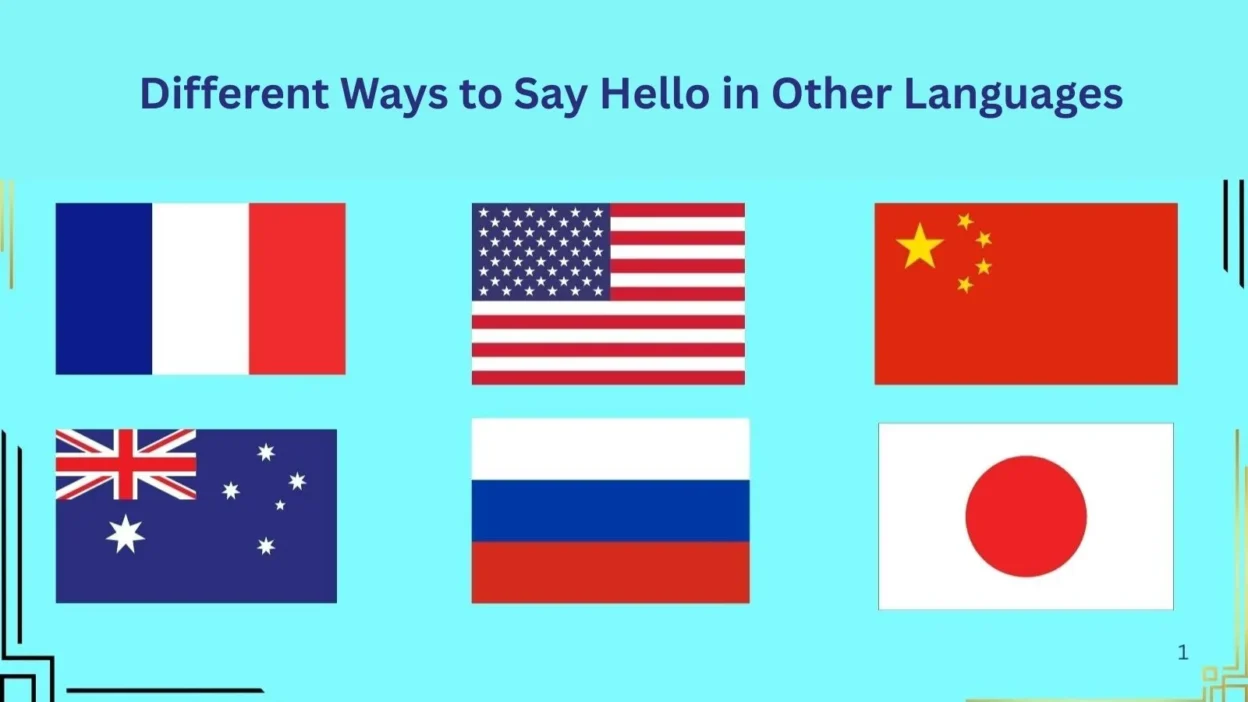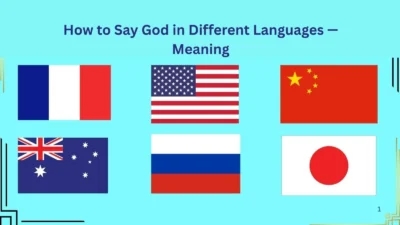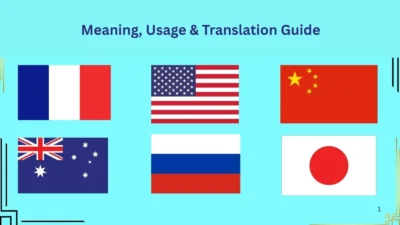Why Are You Searching for Different Ways to Say Hello?
So, you’re searching for different ways to say hello in other languages. Maybe you’re traveling soon, meeting international friends online, or simply curious about how the world greets each other.
No matter your reason, you’ve come to the right place. In this blog, your curiosity meets clarity—and your need to connect with others in their native language gets solved right here.
Saying hello is the first and most powerful step in starting any conversation. But in our global world, a basic “hello” doesn’t always cut it.
You want to make a warm, respectful, and meaningful first impression—and nothing does that better than greeting someone in their own language.
By the end of this article, you’ll not only know how to say “hello” in many languages, but you’ll also understand the meaning, context, and correct usage of each—so you can confidently use them when talking to someone else.
What Does “Hello” Really Mean?
The word “hello” is a universal greeting used to start conversations, acknowledge someone’s presence, or answer a phone call. It’s simple, friendly, and welcoming.
But every language and culture has its own variation of “hello” that carries different tones—from formal to casual, from warm to respectful.
That’s why learning how to greet others in their language helps you:
- Show cultural respect
- Make stronger connections
- Start conversations naturally
- Leave a lasting impression
25 Different Ways to Say Hello in Other Languages (with Meaning & Usage)
Here are greetings from around the world, each with meaning and usage tips:
| Language | Hello Word | Meaning & Context |
| English | Hello | General greeting used anytime, anywhere |
| Spanish | Hola | Casual greeting; used throughout Spanish-speaking countries |
| French | Bonjour | Formal “good day” used until the evening |
| German | Hallo | Friendly and common for all situations |
| Italian | Ciao | Casual “hi” and also “bye” – informal |
| Japanese | こんにちは (Konnichiwa) | “Good afternoon”; polite and semi-formal |
| Chinese (Mandarin) | 你好 (Nǐ hǎo) | “Hello” or “you good”; polite and widely used |
| Hindi | नमस्ते (Namaste) | Respectful, spiritual greeting with folded hands |
| Arabic | مرحبا (Marḥabā) | General greeting across Arabic-speaking countries |
| Russian | Привет (Privet) | Informal “hi”; use Здравствуйте (Zdravstvuyte) for formal |
| Korean | 안녕하세요 (Annyeonghaseyo) | Polite and commonly used |
| Portuguese | Olá | General greeting in Brazil and Portugal |
| Greek | Γειά σου (Ya sou) | Casual; use Γειά σας (Ya sas) formally |
| Swahili | Jambo | Hello; tourist-friendly but less common among locals |
| Turkish | Merhaba | Common and polite greeting |
| Thai | สวัสดี (Sawasdee) | Polite; men add “krub” and women add “ka” at the end |
| Hebrew | שלום (Shalom) | “Peace”; used for both hello and goodbye |
| Dutch | Hallo | Similar to English “hello” |
| Polish | Cześć | Informal; for formal, use “Dzień dobry” |
| Filipino | Kamusta | “How are you?”; similar to Spanish “Cómo está” |
| Indonesian | Halo | Used in casual and formal situations |
| Vietnamese | Xin chào | Standard greeting; polite in any context |
| Malay | Hai / Selamat | “Hai” is informal; “Selamat pagi” for good morning |
| Bengali | হ্যালো (Hyālō) | Direct “hello”; “Nomoskar” is formal |
| Urdu | السلام علیکم (Assalamualaikum) | Peace be upon you; formal and respectful |
How to Use These Greetings in Real Conversations
Let’s look at a few real-life examples so you know how to use these greetings naturally:
- When traveling to Japan:
“こんにちは!はじめまして。” (Konnichiwa! Hajimemashite.) → Hello! Nice to meet you. - Talking to a Spanish friend:
“¡Hola! ¿Cómo estás?” → Hello! How are you? - Calling a business in France:
“Bonjour, je m’appelle Anna.” → Hello, my name is Anna. - Greeting a professor in Korea:
“안녕하세요, 교수님.” (Annyeonghaseyo, gyosunim.) → Hello, professor. - Meeting someone from the Middle East:
“السلام علیکم” (Assalamualaikum) → Peace be upon you.
Why Learning Multilingual Hellos Matters
Using the right greeting does more than just start a conversation—it opens doors to trust, respect, and deeper communication. In our interconnected world, a simple effort like this can make a huge impact in both personal and professional interactions.
Plus, learning greetings in other languages:
- Enhances your cultural intelligence
- Makes you a better communicator
- Builds global friendships
- Helps with travel confidence
Conclusion;
Now that you’ve explored 25+ ways to say hello in other languages, you’re ready to start conversations across the globe with confidence. Whether you’re a traveler, student, business professional, or language lover, these greetings are your first step to cultural connection.
So the next time you meet someone from a different background, surprise them with a warm greeting in their own language. A small gesture—but a powerful



